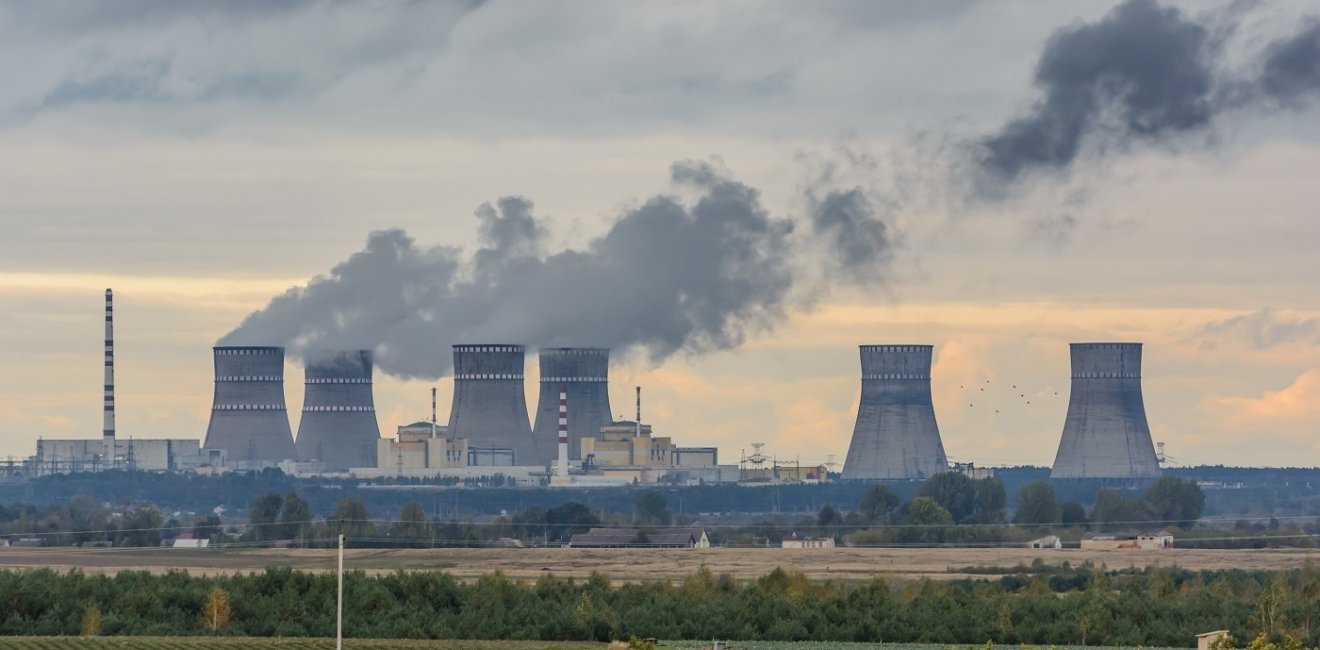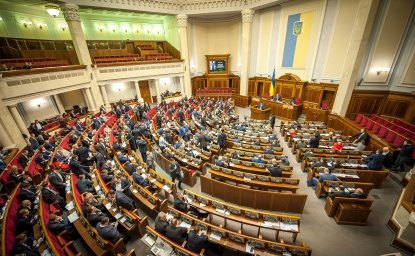
A blog of the Kennan Institute
On March 22, Russia renewed its broad-scale attacks on the Ukrainian energy sector. Between then and the end of July, the country’s power system lost more than 9 GW of capacity. This volume amounts to more than half of Ukraine’s peak winter consumption. Average peak consumption in the winter of 2023–2024 was 16.5 GW per day, and the greatest consumption, on the coldest day, was 18 GW.
At the beginning of 2024, in another Kennan Focus Ukraine blog post, I concluded that Russia would launch broad-scale attacks before the coming winter, including attacks on the gas infrastructure, and would accompany its assaults with a massive energy-related disinformation campaign to divide society. Now is the time to consider how Ukraine can survive the coming winter in terms of energy supply.
Ukraine’s Energy Supply and Demand: The Big Picture
In summer, the power system can cover about 8 GW of power production load, in addition to the 1.7 GW of power allowed to be imported from the EU. Under normal conditions, the summer demand is about 12 GW on the hottest days. The current decrement owes in part to the loss of power contribution from some nuclear power units that are under maintenance to be ready to operate at full capacity in winter. As a result, Ukrainians have faced massive electricity cutoffs. On many days, customers have had more hours without power than with.
Meeting power needs during the upcoming winter will be challenging. While the nuclear power plants under Ukraine’s control are expected to be operating at full capacity, the efficiency of solar power plants, which contribute about 20 percent in summer, will be significantly reduced. With power demand expected to be about 30 percent higher in winter, the picture is daunting. The two key uncertainties are the extent of further damage and the ability of energy companies to repair the damage and build new capacity by winter.
Getting through the winter of 2024–2025 will depend on three critical factors: the ability to protect energy facilities from Russian strikes, the ability to repair damaged facilities and build new capacity, and the ability to counter Russia's disinformation operations and keep society united in the face of Russian attacks on the power system.
The three key pillars needed to realize these critical capabilities are a strong air defense system, the repair of damaged facilities and construction of new capacity, and a robust counter-disinformation effort.
1. Strong Air Defense System
The key to maintaining a more or less normal power supply and surviving the winter lies in preserving current capacity. The only way to shield current capacity from Russian missile and drone attacks is to have adequate air defense systems. While conventional power plants are too large to be protected with concrete shelters, this method is effective for electricity transmission substations, but not for power plants.
Recent months have seen some progress in building Ukraine’s air defense that may improve the situation. Germany organized an international coalition to supply Ukraine with more air defense means, with several states expressing their readiness to finance supplies. Germany itself announced it would grant Ukraine one more Patriot and one more IRIS-T air defense system. With this latest transfer, Germany has sent Ukraine a quarter of its Patriot systems.
Romania also agreed to grant Ukraine one Patriot system, as did the Netherlands. Italy committed to supplying one more SAMP/T installation, a ground-based, road-mobile area defense system against ballistic missiles. The United States, besides sending Ukraine Patriot missiles as part of a defense aid package, is also expected to send one more SAMP/T installation.
2. Enhanced Capacity
Air defense is about preventing the situation from worsening. The only way to improve the situation is to repair the damaged energy facilities and build new capacity. Ukraine’s energy companies have plans to repair the damaged facilities before winter. However, repairing the damaged capacity may not make much sense if the facilities are not protected with air defense. It has sometimes happened that freshly repaired power units have sustained further damage or destruction by fast-following air strikes.
There is not enough time to buy new capacity before the winter. However, industrial consumers that have experienced power outages are trying to build their own power-generating facilities to ensure an uninterrupted power supply. This would definitely ease the demand on the power system. It is possible to have an additional 1 GW of capacity by winter, though it will not be easy.
3. An Informed, United Society
Russia is actively spreading disinformation about Ukraine’s energy situation. A popular and unfortunately successful propaganda take is that Ukraine is exporting electricity to Europe, which starves domestic users of energy and leads to cutoffs. This falsehood became a popular ruse by Russia in 2022 and is now being mentioned on Ukraine’s social media by conspiracy hounds much more frequently today.
The government needs to step up its efforts to explain to Ukrainians the problems in the energy sector and what is being done to address them, or risk relinquishing the field to conspiracy theorists. A robust information policy is necessary to keep society united in the face of Russian attacks, power shortages, and disinformation campaigns.
Chief among Them Is Air Defense
If these three key pillars are firmly in place, Ukraine should be able to get through next winter safely. This does not mean an uninterrupted power supply. It means experiencing the same conditions as obtained in the winter of 2022–2023. But the sine qua non is a strong air defense system. If the energy facilities are not protected against Russian attacks, whole regions may be without power, gas, heat, and water supply.
The opinions expressed in this article are those solely of the author and do not reflect the views of the Kennan Institute
Author

Director, Energy Program, Ukrainian Institute for the Future

Kennan Institute
After more than 50 years as a vital part of the Wilson Center legacy, the Kennan Institute has become an independent think tank. You can find the current website for the Kennan Institute at kennaninstitute.org. Please look for future announcements about partnership activities between the Wilson Center and the Kennan Institute at Wilson Center Press Room. The Kennan Institute is the premier US center for advanced research on Eurasia and the oldest and largest regional program at the Woodrow Wilson International Center for Scholars. The Kennan Institute is committed to improving American understanding of Russia, Ukraine, Central Asia, the South Caucasus, and the surrounding region through research and exchange. Read more

Explore More in Focus Ukraine
Browse Focus Ukraine
Talking to the Dead to Heal the Living

Ukrainian Issue in Polish Elections


